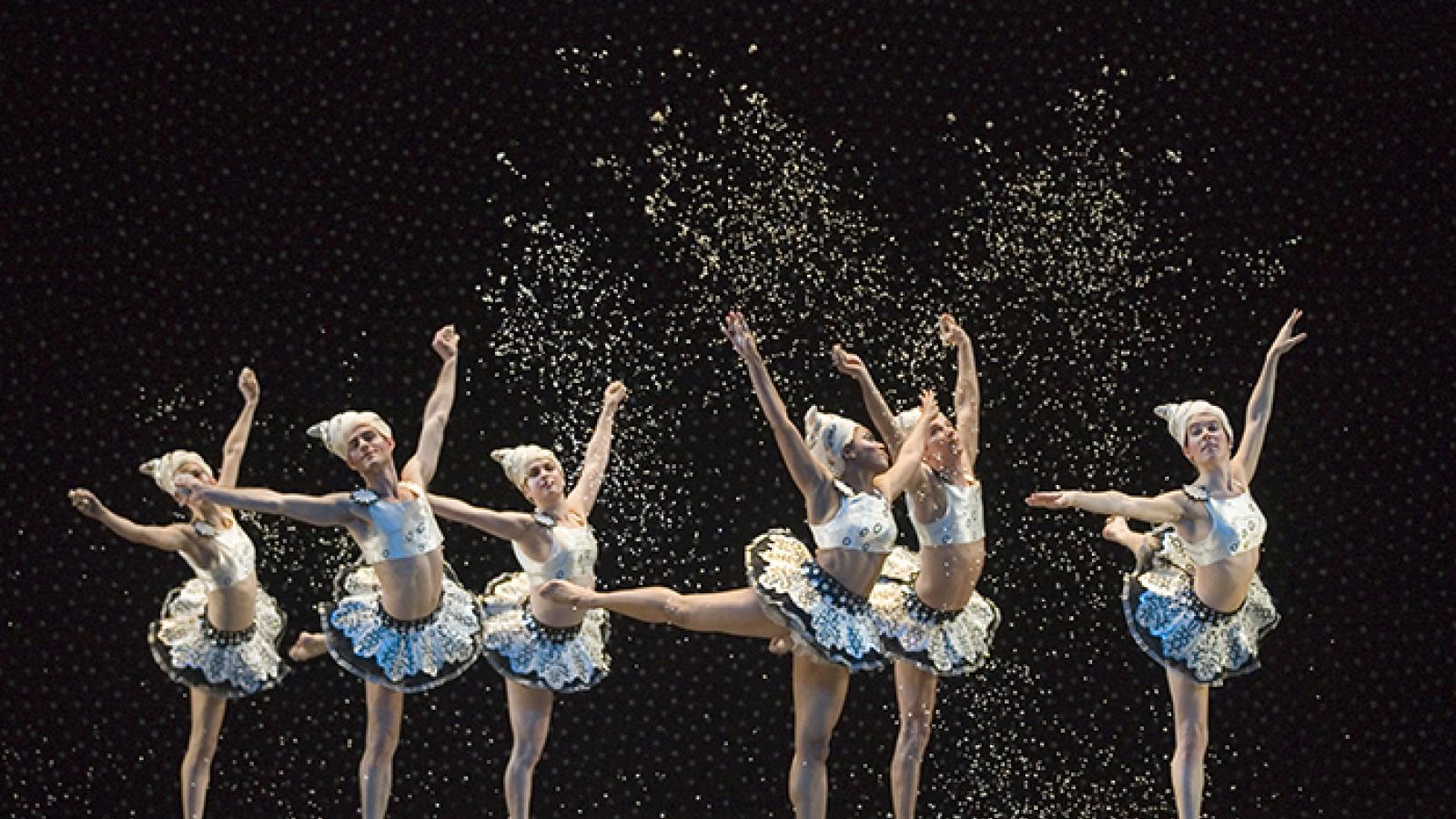So You Think You Know The Nutcracker?

Chances are good that you’ve seen The Nutcracker—in fact, it might be the only ballet you’ve ever seen. But even if you haven’t, you’ve certainly heard of it and can probably even hum a few bars from Pyotr Tchaikovsky’s famous score, which has been featured in movies, television shows, commercials, and even a version of Tetris. But no matter how well you know the choreography or music, there might be a few pieces of Nutcracker lore that you haven’t heard before. Here are ten facts that you just might not know about the country’s favorite holiday spectacular.
Did you know...? The Nutcracker was a dud when it first premiered in 1892 at the Mariinksy Theatre in St. Petersburg, Russia. Although the music was applauded, the storyline was considered boring, and the presence of so many children onstage (even the title roles were originally performed by children) was, as one critic described, “unbearable.” Even Tchaikovsky himself did not care for the production, thinking the music subpar to his compositions for the ballet Sleeping Beauty, which premiered in 1890.
Did you know...? “The Dance of the Sugar Plum Fairy” is probably one of the world’s more familiar pieces of music—its tinkling opening bars are instantly recognizable. The piece’s distinctive sound is made by the celesta—a relative of the piano—which was invented only a few years before The Nutcracker was written. Tchaikovsky had the celesta brought to Russia from France in secret so that he would be the first among his competitors to make his mark on the instrument. The Nutcracker is thought to be the first work to employ the celesta with a full symphony orchestra.
Did you know...? The first full-length version of The Nutcracker was performed in the United States in 1944 by the San Francisco Ballet Company—more than 52 years after its premiere in Saint Petersburg, Russia.
Did you know...? The San Francisco Ballet’s 1944 staging of The Nutcracker had a budget of a $1,000. Thanks to wartime rations, only ten yards of fabric were sold to individuals at a time, meaning multiple company members had to wait in line in order to purchase all the fabric necessary to make the show’s costumes. All of the jewelry, flowers, and baubles were bought at Goodwill for a cumulative $5.
Did you know...? In contrast, developing a new version of The Nutcracker today can cost a ballet company $2 million or more.
Did you know...? George Balanchine, founder of The New York City Ballet, choreographed the company’s 1954 production of The Nutcracker, which is largely credited with making the show an American holiday tradition. Balanchine’s involvement with the show, however, began long before: he danced the role of the Nutcracker Prince in his native Russia when he was 15.
Did you know...? The Nutcracker has become such a must-see for American audiences that it is often a company’s highest-earning show, year after year. Nutcracker ticket sales generate $51 million nationwide, and account for an average of 48 percent of a company’s overall season revenue.
Did you know...? In 2011, it was estimated that there were over 750 different productions of The Nutcracker in the United States alone.
Did you know...? Over the years, The National Endowment for the Arts has supported productions of The Nutcracker all across the country. It has also supported many alternative tellings of the classic story, including Mark Morris’s The Hard Nut, which infuses the story with plenty of camp and 1970s panache; The Chocolate Nutcracker, which is set in Harlem and reimagines the story through an African-American lens; and The Shell-Shocked Nut, which follows a child and a veteran with post-traumatic stress disorder as they journey together through Manhattan’s East Village.
Did you know...? The National Endowment for the Arts has also supported The Nutcracker indirectly. For example, “Live From Lincoln Center,” a longtime NEA grantee, received a 2012 Emmy nomination for its broadcast of a New York City Ballet performance of George Balanchine’s The Nutcracker.




